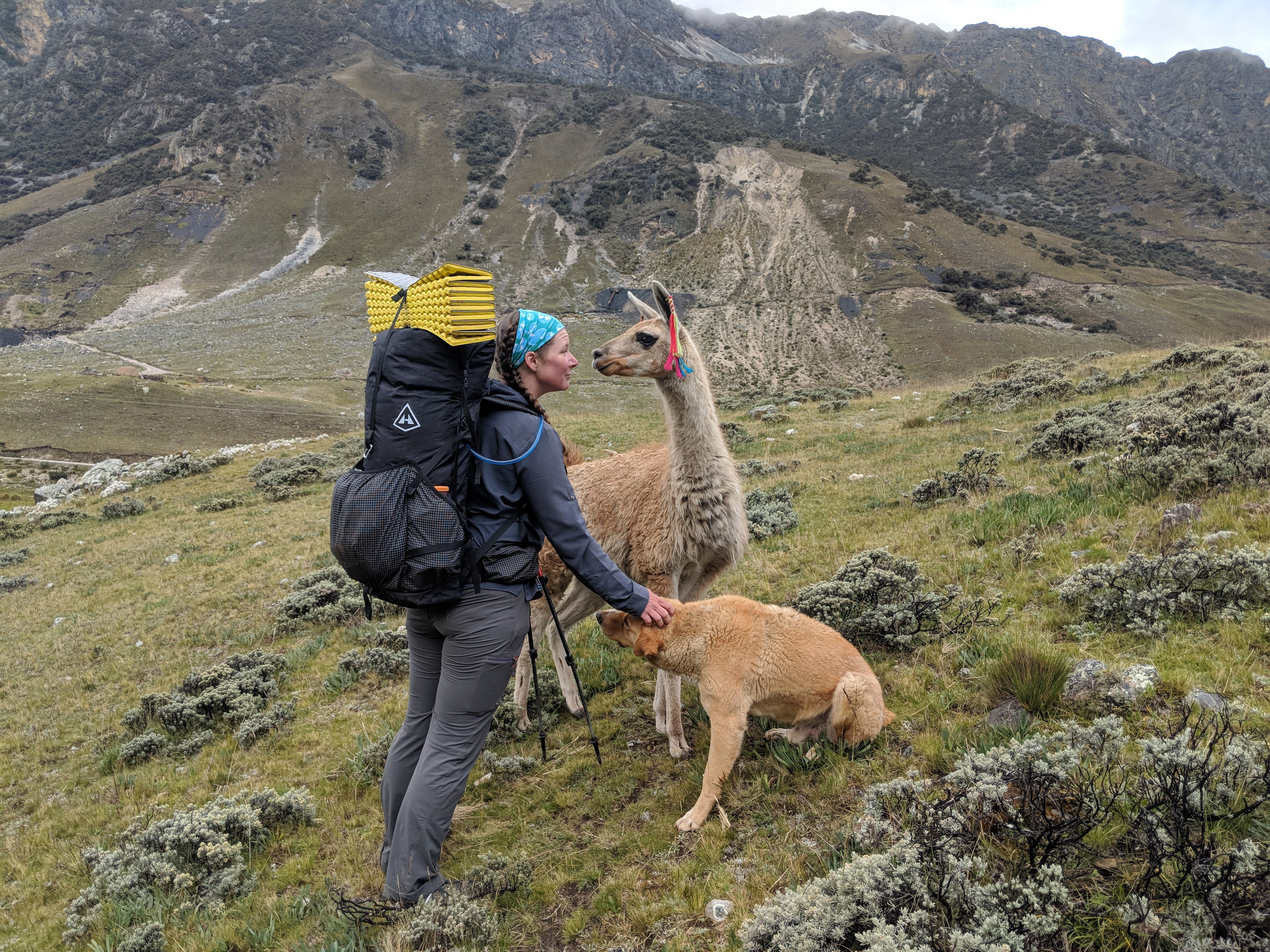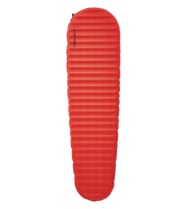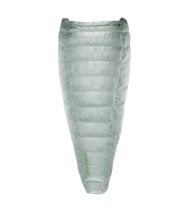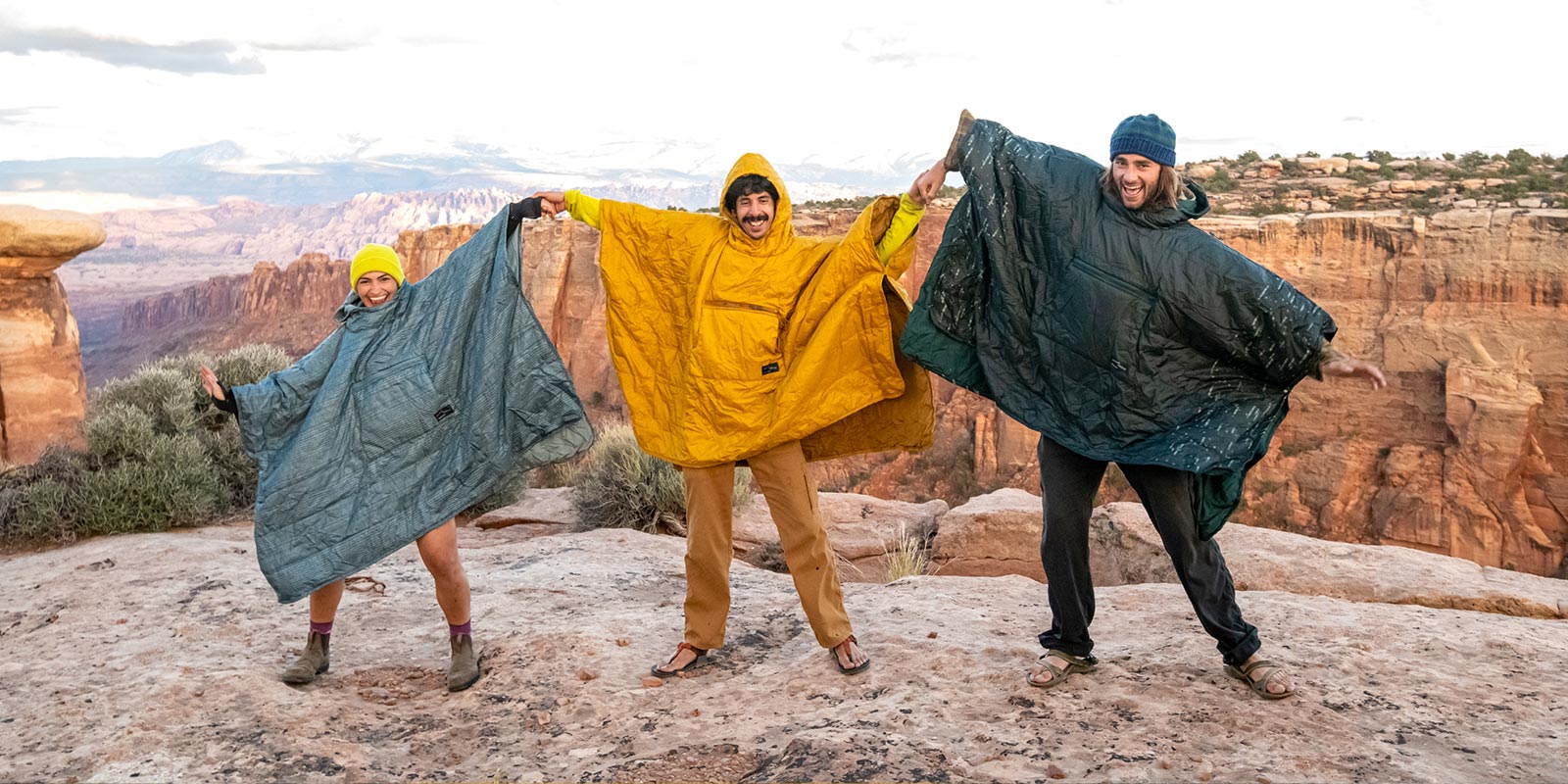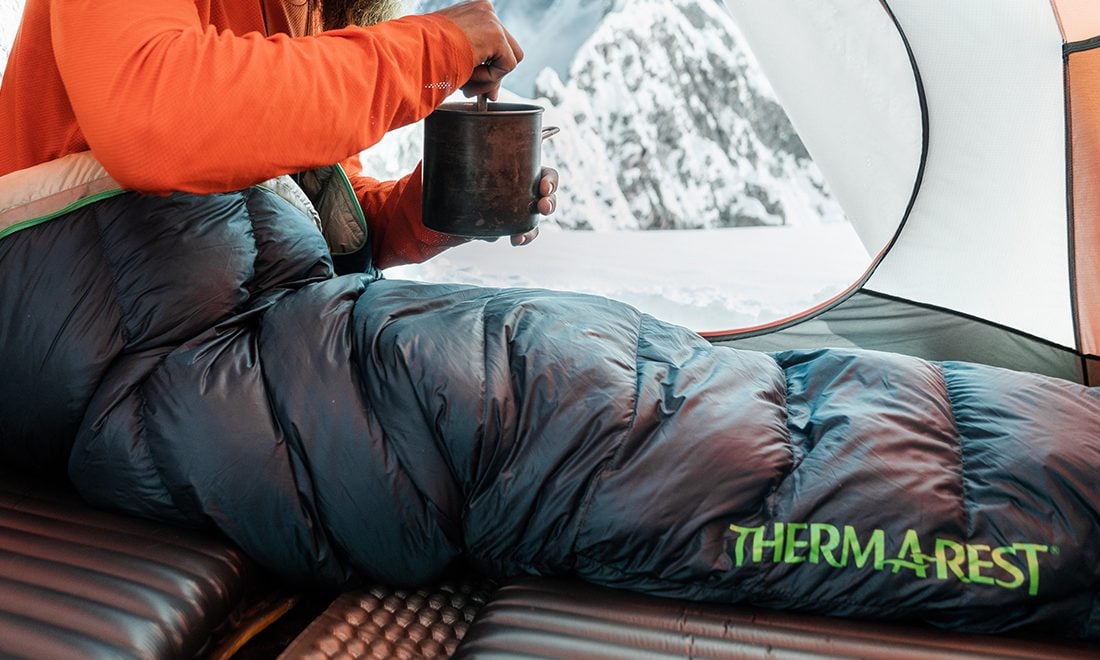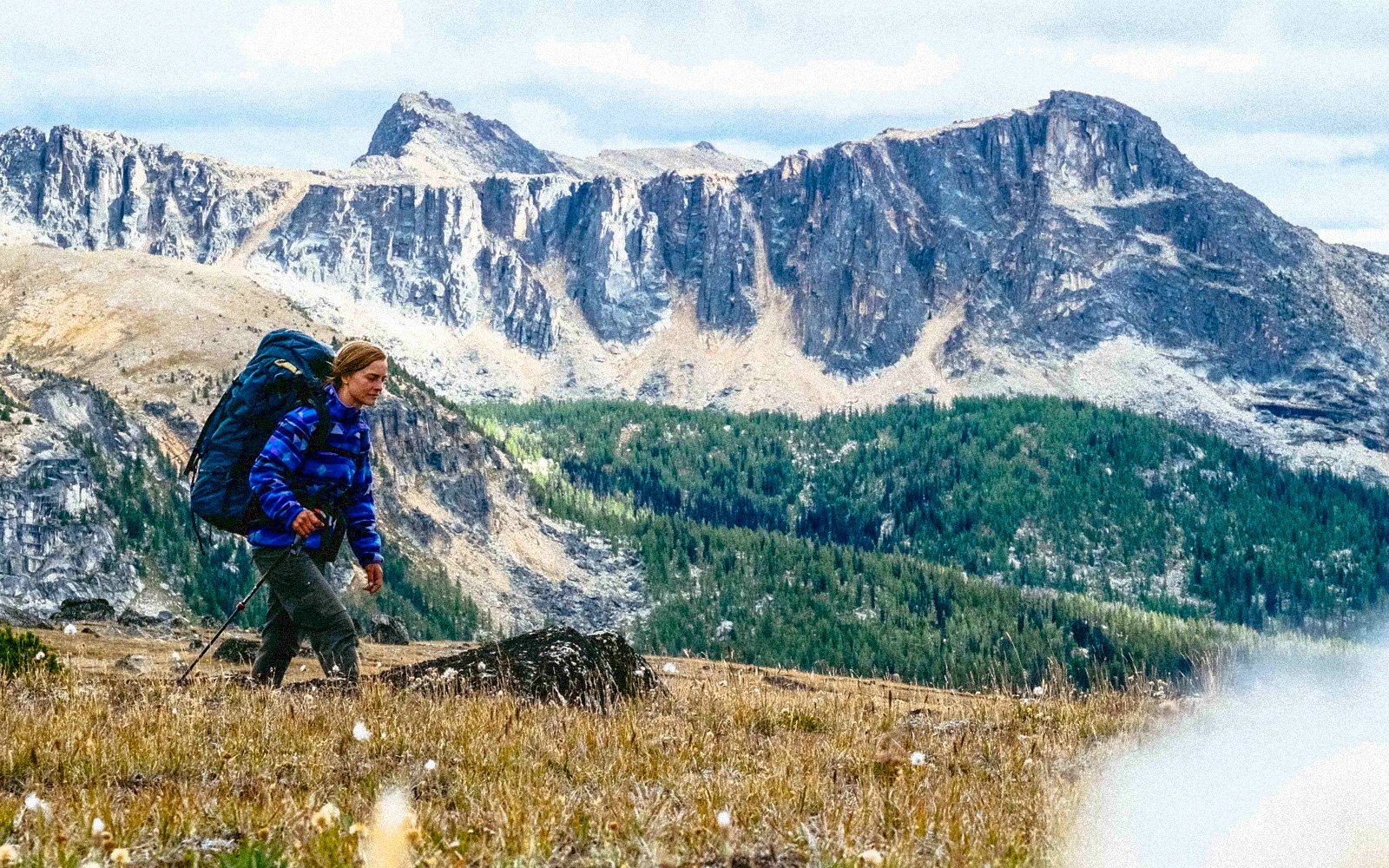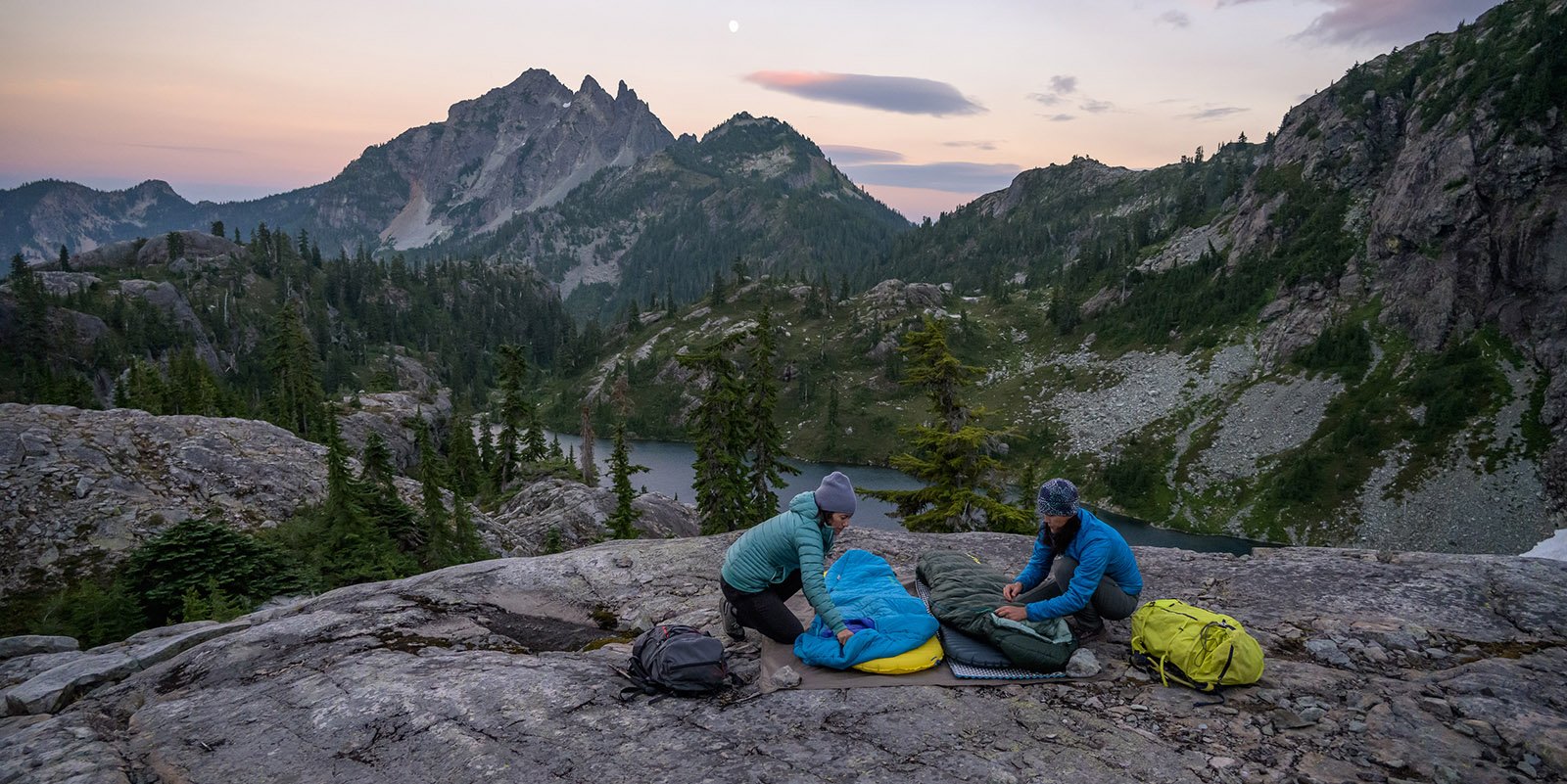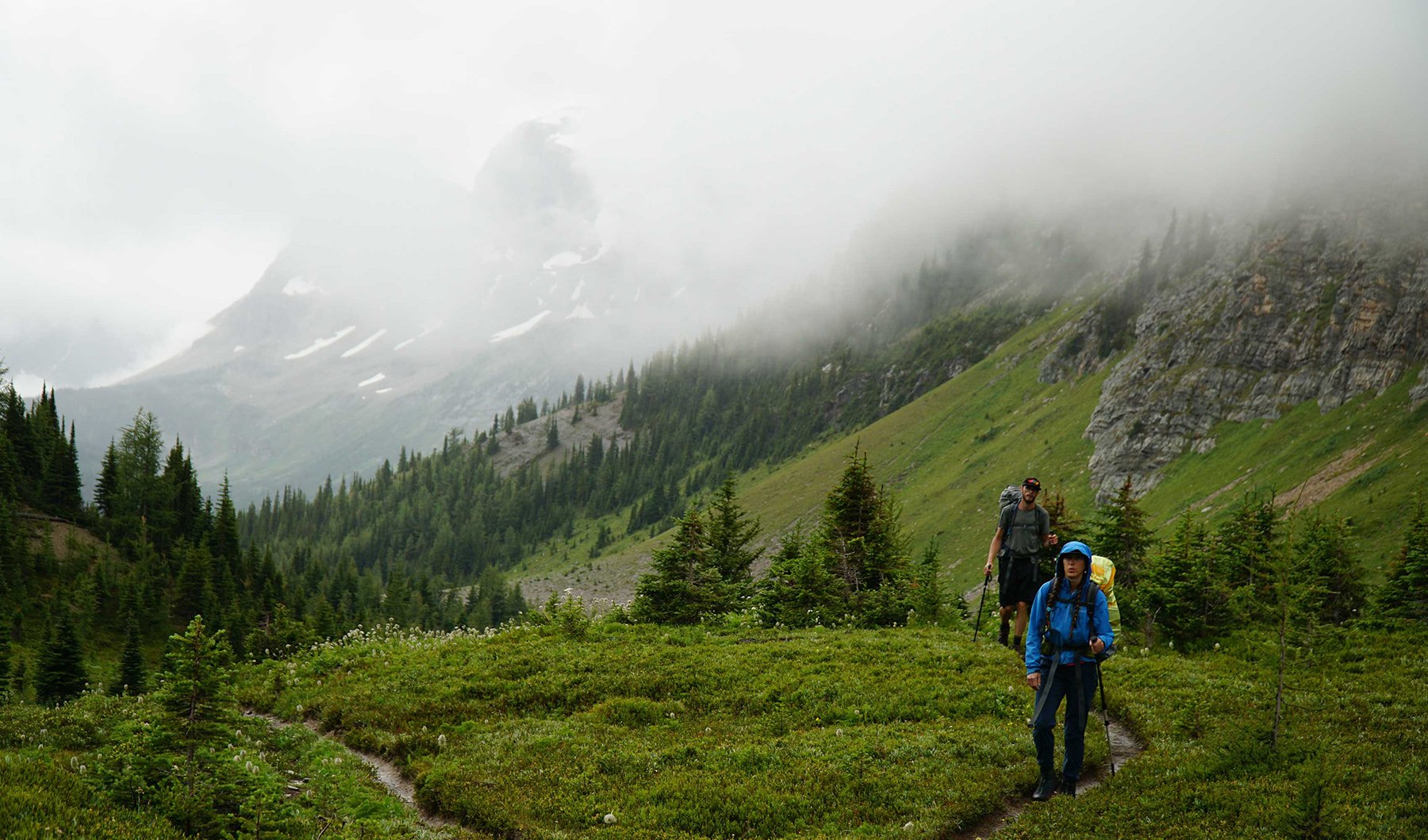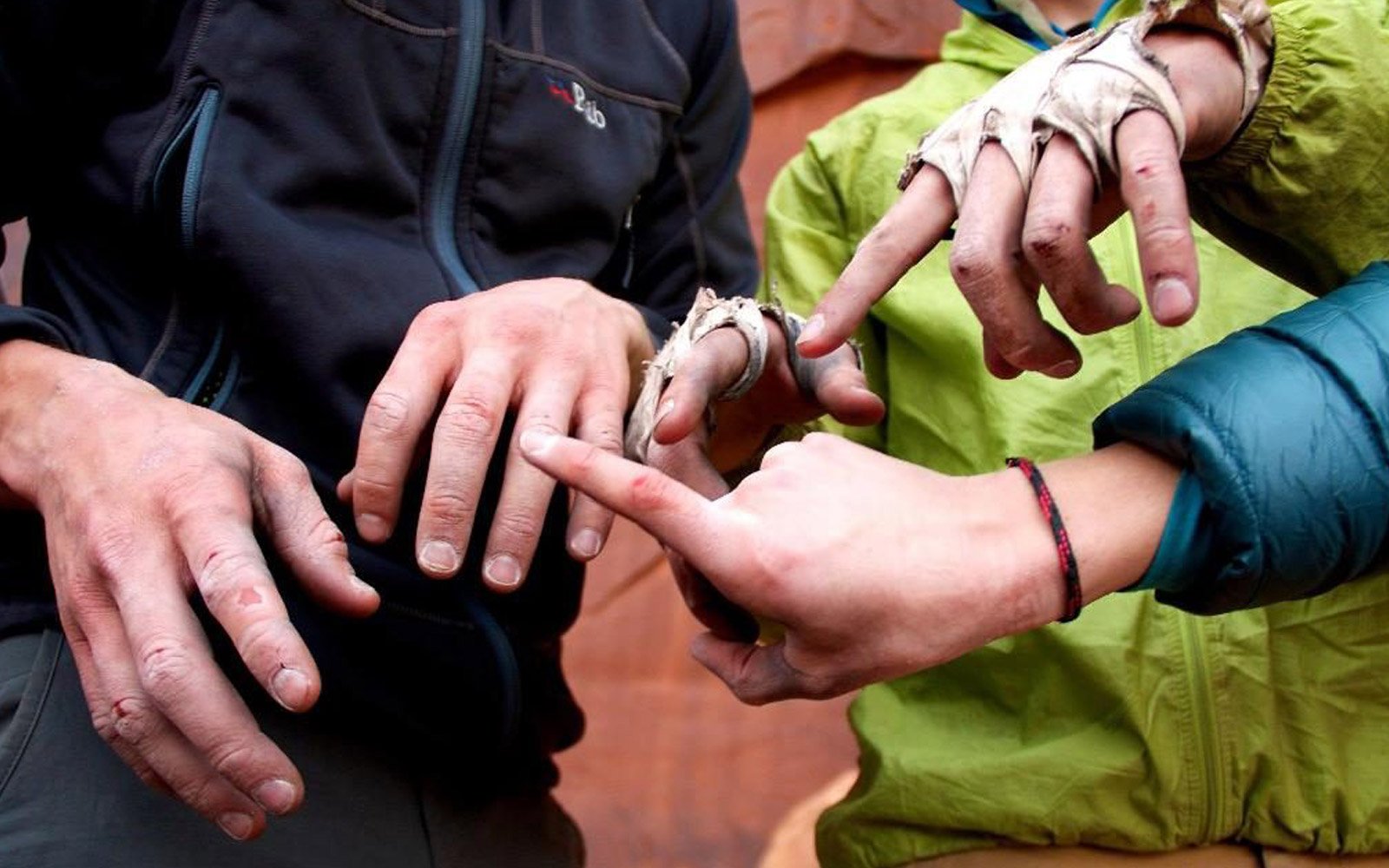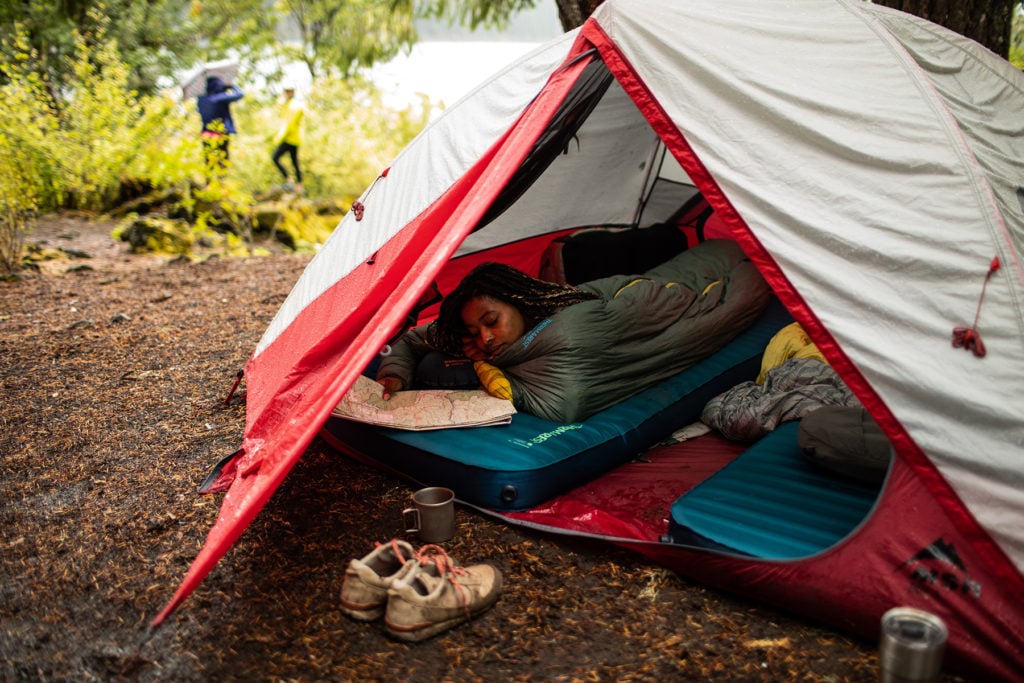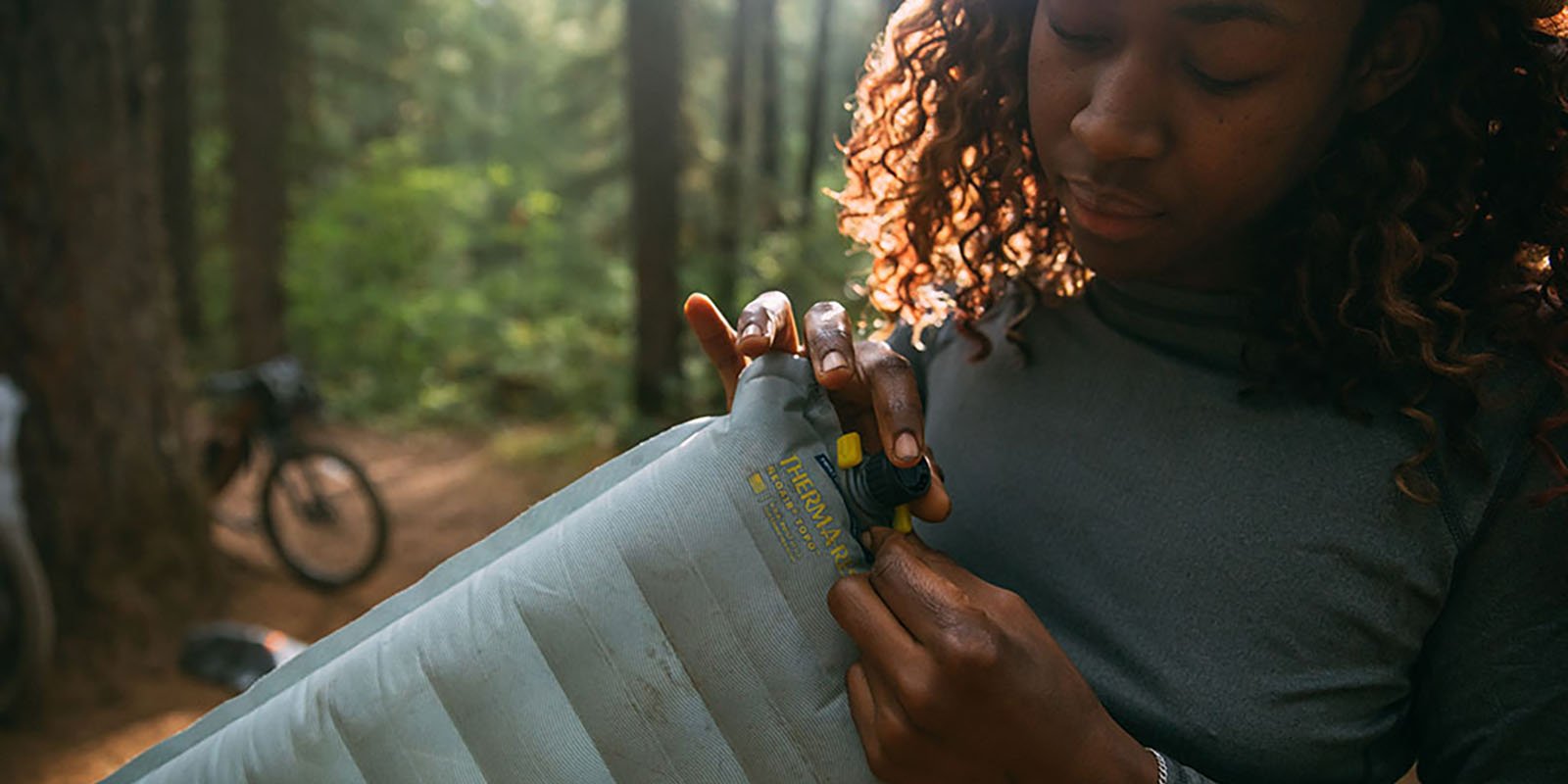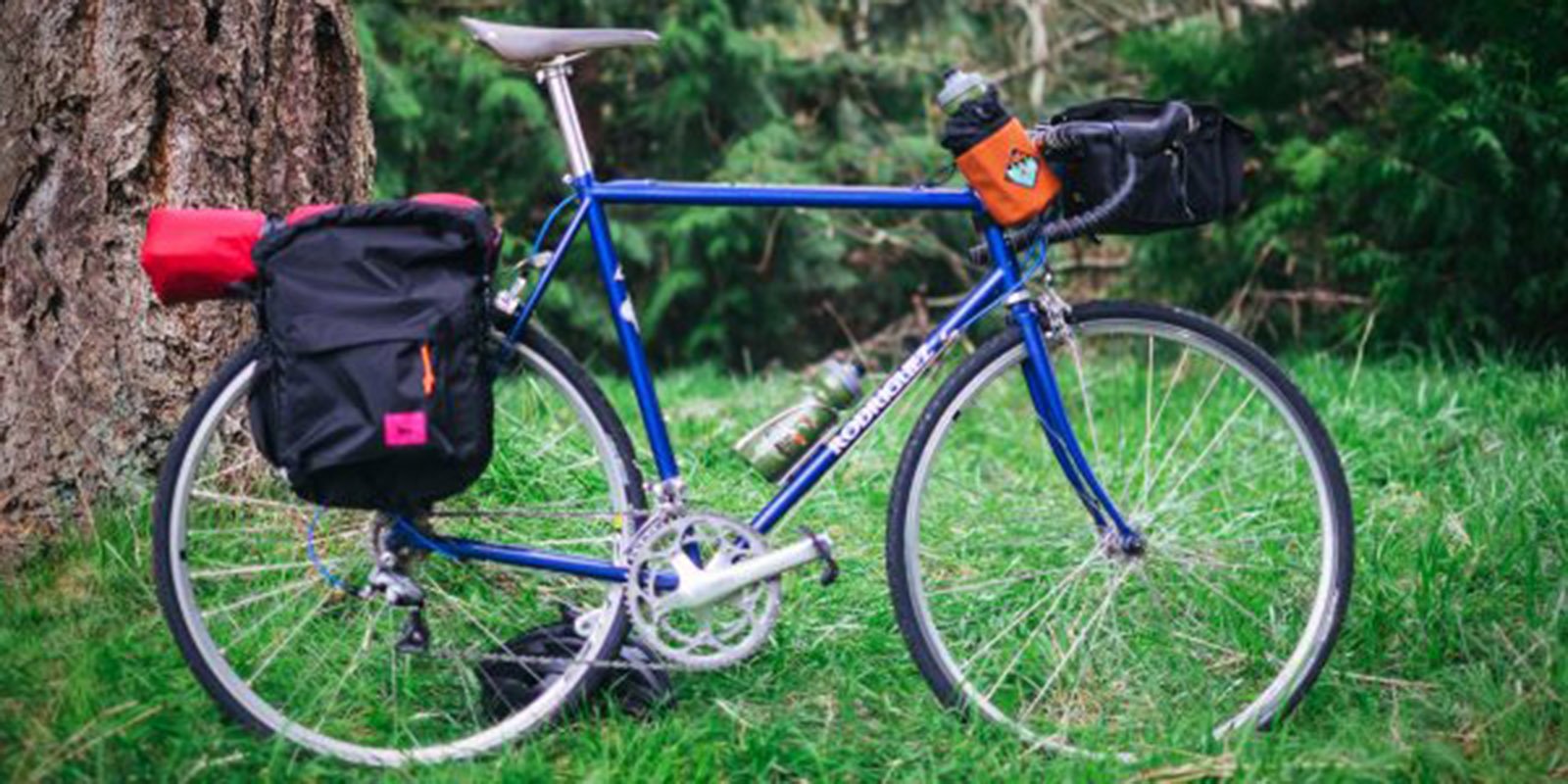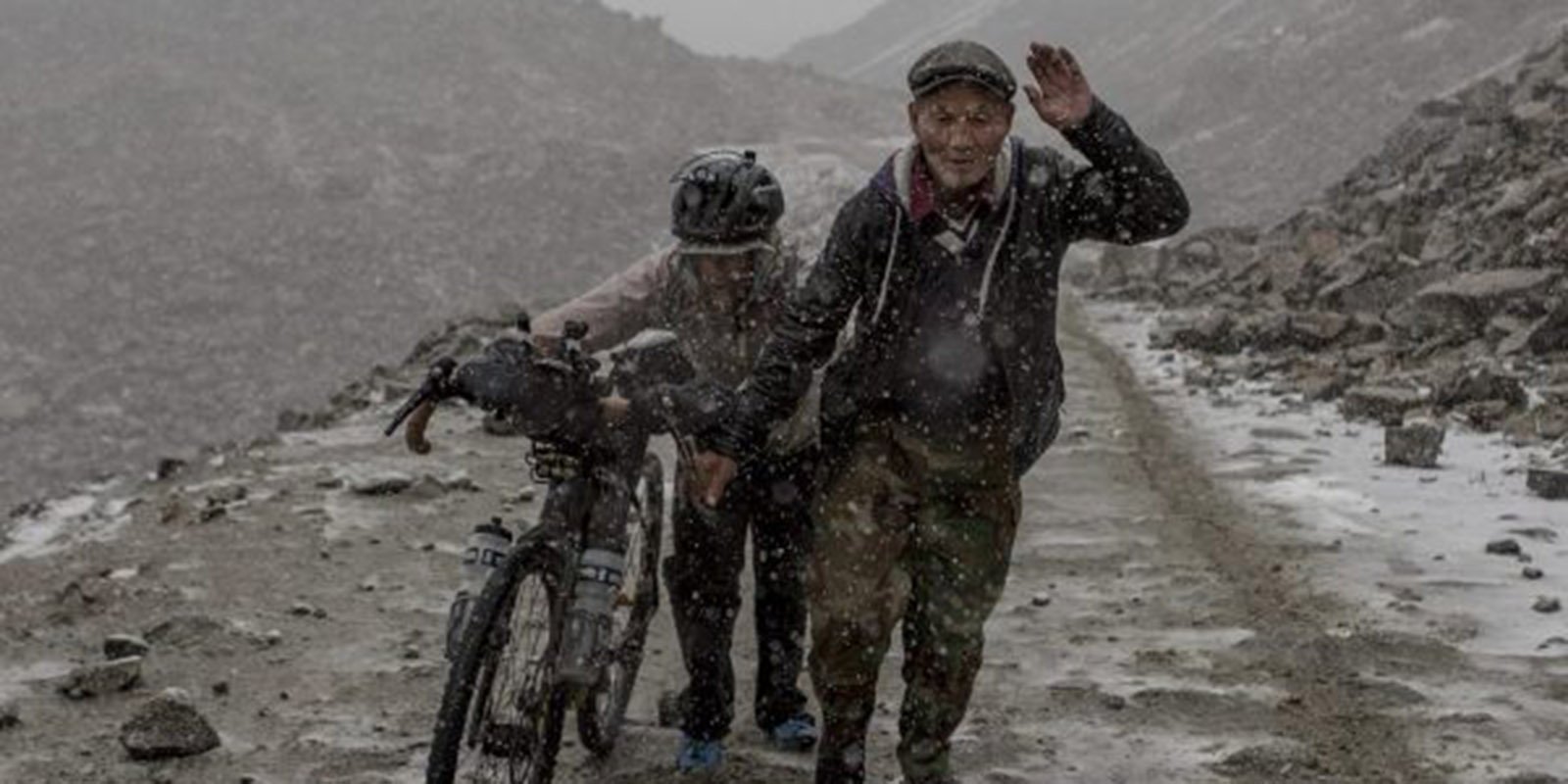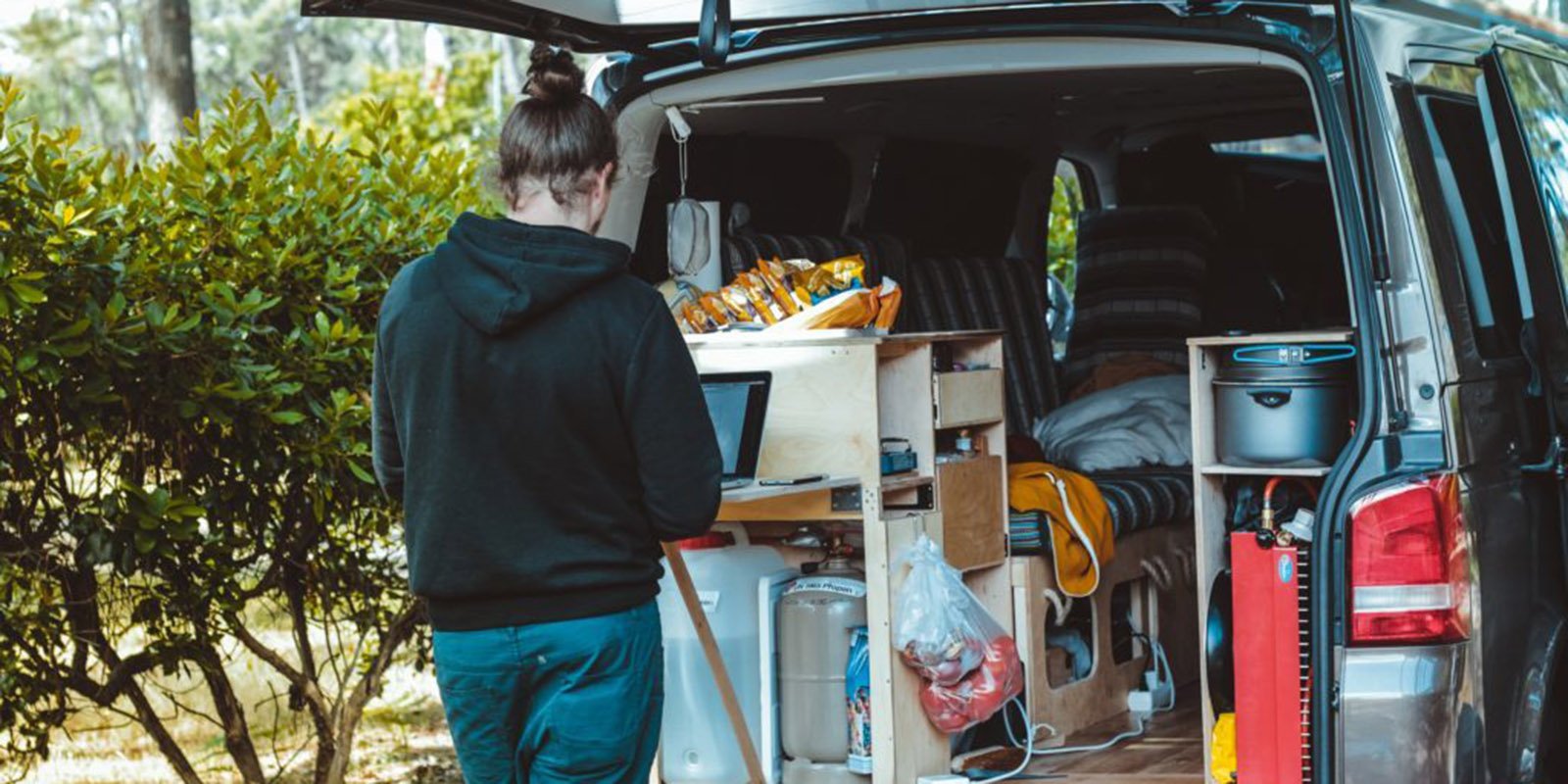There is no such thing as the “perfect” gear system. This wide, wonderful world is simply too diverse for one set up to work in all situations. Over the past few years, I have pitched my tent at 16,000 ft. in the Andes and strung up a hammock at 3 ft. along the Caribbean Coast. Adapting your gear to the environment is key to enjoying your experience under the stars. Wherever you go and however you travel, these tips for adventure will help you be prepared for any and every forecast.
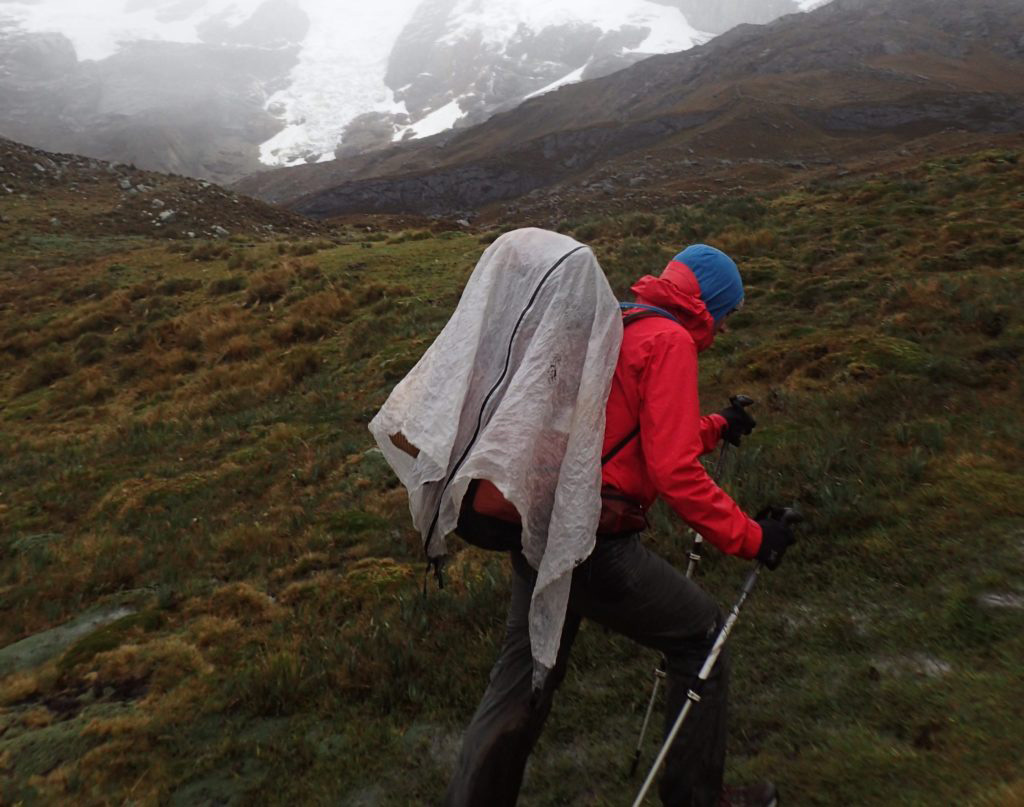
1. Prepare for the range of possibilities
“I’ll be camping in the Caribbean. How cold can it get?”, I thought while preparing for a multi-month kayaking expedition. A week before leaving, when my nerves were all tingly and stretched I decided to err on the side of caution and packed a Vesper quilt. The hydrophobic down would prove important in the humid environment while the quilt style allowed for more airflow if it was as warm as I thought it would be.
I was quickly glad to have it along because when it rained and the winds blew hard at night, the temperatures along the coast dropped significantly. While my companions curled up and shuddered, I was stretched out and cozy until the morning rays dried my tarp and warmed me. One such morning I was about to throw my leg out from under the quilt when I noticed a scorpion scuttling across the top of my toe box. It was an unintended bonus, but I was glad for the downy space between us as I urged the interloper out of my hammock.
I was also glad to have taken a chance and, for the first time in my life, opted for a hammock instead of my trusty tent. I could pitch it among the beautiful mangrove forests and hanging between trees reduced nighttime encounters with creepy crawlies.
When you go adventuring you will encounter all sorts of situations, some which you can anticipate and others which you would have never anticipated. After all, that’s what makes it an adventure. Preparing for the known potentials can equip you with the tools to deal with the unexpected.
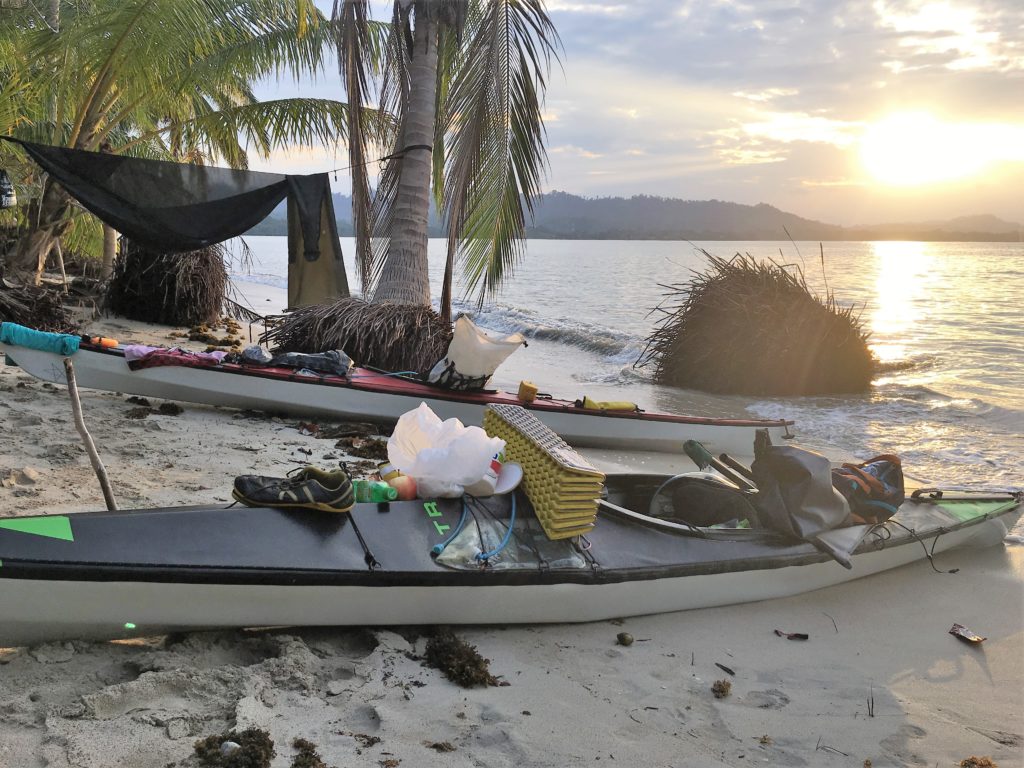
2. Work with What You’ve Got
Once you are out there, what you’ve brought is what you’ve got. Now begins the creative process of making it work. This comes back around to being prepared in the first place, then spotting where you can apply those resources to a range of situations. Look for ways to multipurpose what you have, whether that is top of the line gear or a piece of trash.
Having layers in both clothing and sleep system present a wide range of uses for travelers, from laundry day to emergency scenarios. Have you ever seen a thru-hiker strutting through town on a sunny day dressed head to toe in rain gear? It is laundry day and everything else they own desperately needs washing. When I lost so much weight on the PCT that my backpack hip belt didn’t fit, I used a panel off my Z Lite to fill in space and add the padding I had lost. You can also use a sleeping pad as a leg brace or a jacket can become a sling for a broken arm.
Something doesn’t have to be expensive to be useful. There are plenty of ways to repurpose recycling or even trash. Like that 6 pack carrier your Vanlife buddy upcycled into a travel condiments tray. Or, when backpacking, an empty chip bag can be used to pack away trash, making it easy to dispose of in town. Another recent adaptation was when my kayaking companions and I repurposed plastic soda bottles floating in the sea into pee bottles.
Trust me, everything can be multi-purpose if you are willing to get creative. Sometimes you don’t even have to modify your gear, you just have to adapt how you see it.
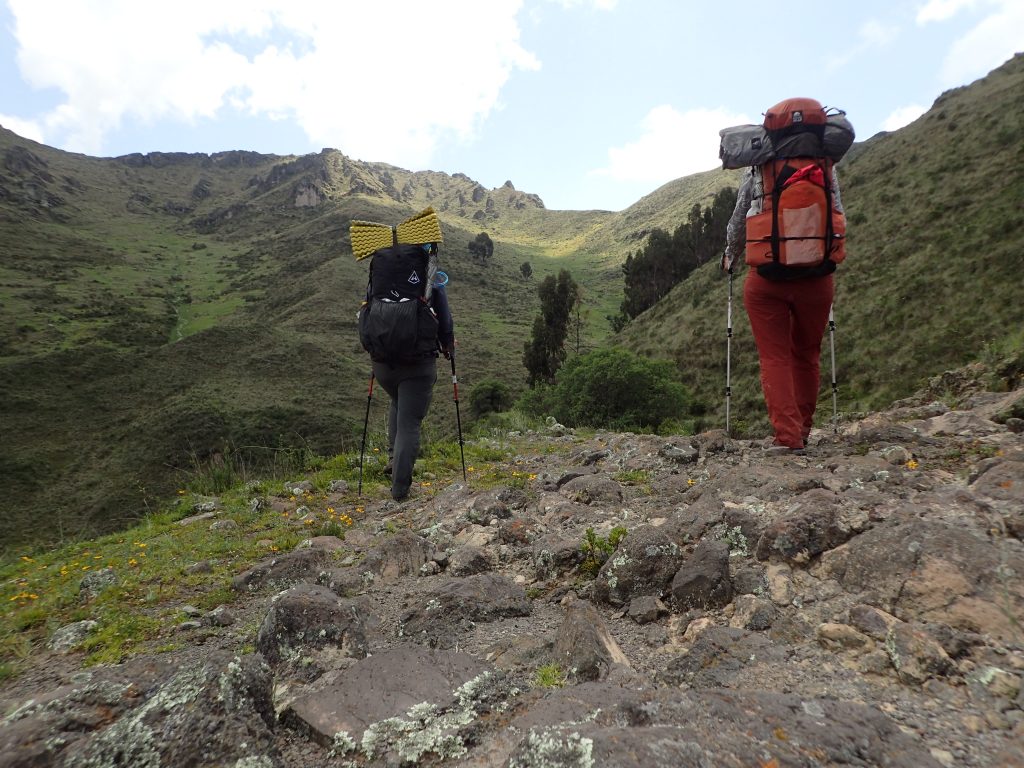
3. Adapt how you Pack
After a month on the road or on the trail, you’ve established a pretty strict packing system and routine. Once you are familiar, not cutting corners and adapting that to changing weather and environments can save time and frustration in the long run. Whether it was a hail storm in Patagonia or getting flipped by a wave in Costa Rica, bomb proof packing has saved the day time and again. Don’t pack lazy.
Whether you are backpacking or car camping, organize gear according to accessibility and then be prepared to shift that. Over the course of thru-hiking the PCT, where I began in Southern California with sunscreen and extra water in my external pockets, by the time I was in Washington it was all rain gear and calorie-rich snacks. The shift in how I packed happened because the environment had changed. Because I didn’t want to stop and dig through my backpack looking for a rain jacket or snack in the middle of a downpour.
Be willing to move things around but keep safety a priority. It’s true my first aid kit often slipped to the bottom of my backpack but I knew where it was. You may have to pull over and dig around in the back of your van for your tire chains when I-70 is getting nuked by snow in May but having and using them can be the difference between ending up in a ditch and making it over the pass.
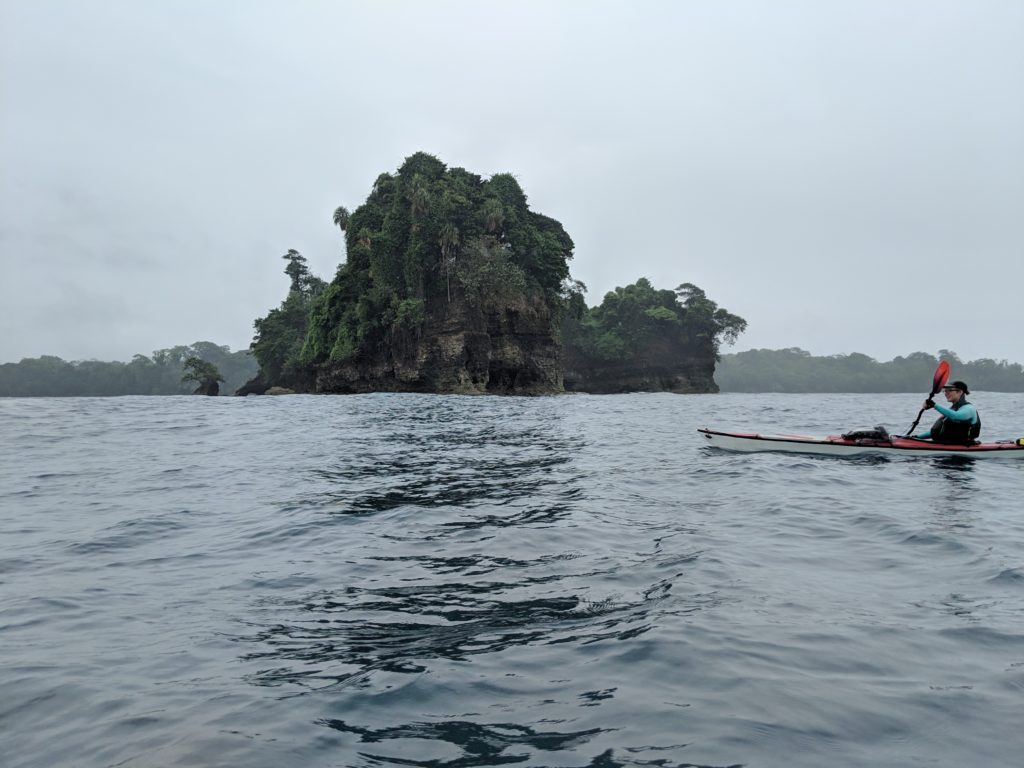
4. Shed the Rest
You’ve got what you need, you know how to use it and where you keep it, now shed the rest. On every trip, I end up with two gear lists: what I set out with and what I came back with. Keeping track of these developments helps hone your packing on subsequent trips and can unsaddle you from hauling around unnecessary items. What extra bit of kit do you have laying around that you don’t use? Is there someone else who might benefit from it?
In the last several years of traveling across South America, I have learned that gift giving is an important part of the culture. Repeatedly faced with the need of people living with less, I began to notice the excess of gear in my own kit and repurposed them as gifts. It worked to everyone’s advantage since my boat and backpack got lighter over the course of each season and families who hosted me gained hard-to-obtain items like a solar light, sarong, travel mug, fire starter, and a long list of other items I slowly realized I didn’t really need.
Be intentional about what you have, know how to use what is accessible, adapt it to what is necessary, and if it doesn’t meet all three of these standards, let it go.
Final Thoughts
Wherever you choose to explore, adapting your equipment and system to the environment is crucial. Researching and preparing for the widest range of possibilities is a good start and will help you respond when unexpected situations arise. Consider what other applications your gear might have and start experimenting with how you use and pack it. If it doesn’t serve you, let it go. In the end, being able to respond and adapt to whatever Mother Nature throws at you is the only way to survive and enjoy any sort of long adventure.
Related Posts:
- Cold Weather Sleeping Bags: What to Look For
- How To Safely Reduce Thru-Hike Pack Weight
- The Case for Slow and Comfortable Backpacking
Updated. Originally Published June 6, 2019.
